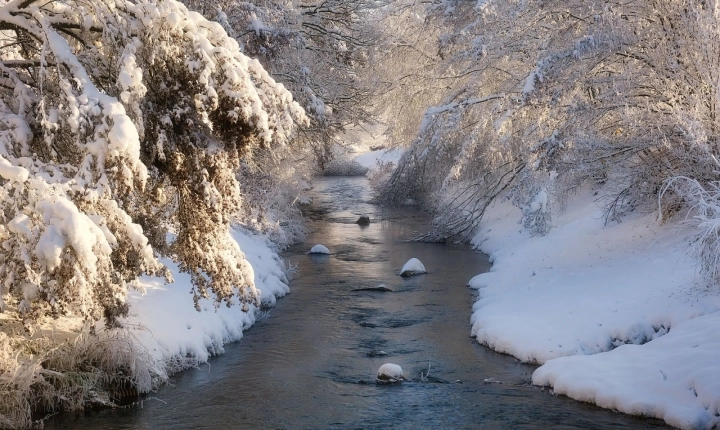Artificial Intelligence (AI) has increasingly become an integral part of the art world, creating new and innovative ways of producing and experiencing artistic expressions. AI art, also known as generative art or computational creativity, involves the use of algorithms and machine learning to create original pieces of art. This revolutionary approach to art creation challenges traditional notions of human creativity and opens up new possibilities for artistic expression.
One of the most common techniques used in AI art is Generative Adversarial Networks (GANs), which pit two neural networks against each other to create original and unique images. One network generates images, while the other evaluates and provides feedback on the realism of the generated images. Through this process, the two networks work together to continually improve the quality of the generated images, resulting in a final piece of art that is often indistinguishable from those created by human artists.
AI art is not limited to visual arts; it also extends to music composition, poetry generation, and even choreography. In the realm of music, AI algorithms are used to compose, arrange, and even perform original pieces of music, blurring the lines between human and machine creativity. Similarly, AI-generated poetry and literature challenge our perception of what it means to be an author, while AI-generated choreography presents new forms of movement and dance that push the boundaries of traditional human-centric expressions.
The implications of AI art are far-reaching, evoking discussions on the nature of creativity, authorship, and the role of the artist in the modern world. Some critics argue that AI art diminishes the value of human creativity and craftsmanship, reducing art to a mere algorithmic output. However, proponents of AI art argue that it expands the horizons of creativity, providing a platform for collaboration between humans and machines, and offering new tools for artistic expression.
Furthermore, AI art has the potential to democratize the art world by making art creation accessible to a wider audience. People with little to no artistic training can use AI tools to create their own unique pieces of art, thereby subverting the traditional gatekeepers of the art world. This democratization of art creation challenges the notion of the “artistic genius” and invites a more inclusive and diverse range of voices into the art world.
Despite the potential of AI-generated art, there are also ethical and philosophical considerations to be addressed. As AI becomes increasingly proficient at mimicking human creativity, questions emerge about the ownership and copyright of AI-generated art. Who owns the rights to a piece of art created by an AI algorithm? Should AI be recognized as a legitimate creator, and if so, what are the implications for the traditional art world and the concept of authorship?
In conclusion, AI art represents a new frontier in the world of artistic expression, offering both exciting possibilities and complex challenges. It blurs the boundaries between human and machine creativity, raises questions about the nature of authorship, and democratizes the creation of art. As AI continues to advance, its impact on the art world is sure to be profound, reshaping our understanding of creativity and the role of the artist in the digital age.
